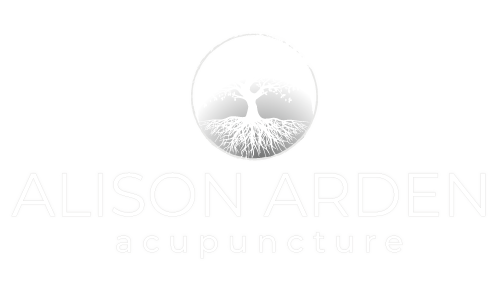Traditional Chinese Medicine
In the 1940s the Chinese government commissioned the development of a uniform system of diagnoses and treatments, often referred to as Traditional Chinese Medicine (TCM).
Prior to this, nearly all training had been based on the ‘apprentice and master’ relationship. There are many different styles of acupuncture which share a common root but are distinct and different in their emphasis.
You may read of TCM alongside ‘Five Elements’, ‘Stems and Branches’, Japanese Meridian Therapy, and many others. Traditional acupuncture has a long history of adapting to new cultures in which it is practised and is rapidly gaining popularity and acceptance in the West, with many components such as “tui na” (a form of massage), Chinese herbs and Qigong (a movement, meditation and breathing technique) now widely available.
Five Elements
The Five Elements are represented by Fire, Earth, Metal, Wood and Water. They symbolise the lifecycle to which all living things are subject to in nature, and reflected in the life-journey of our body – birth, growth, decline, death and rebirth.
Each element represents a stage along this cycle and is assigned two organs with a number of correspondences relating to it.
For example, the Wood element relates to the liver and gallbladder. It is associated with the emotion of anger, a sour taste (think bile), and the colour green around the mouth and chin, and a possible disturbance to vision. A person with a liver imbalance might report feeling unusually frustrated and angry and prone to outbursts, with physical signs on their face and hands. Imbalances that cause ill-health can occur when one or more elements over-controls another.
Acupuncture is used to rebalance the elements, supporting those that have become weak or damaged.
